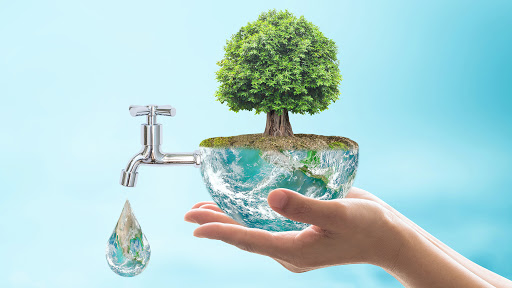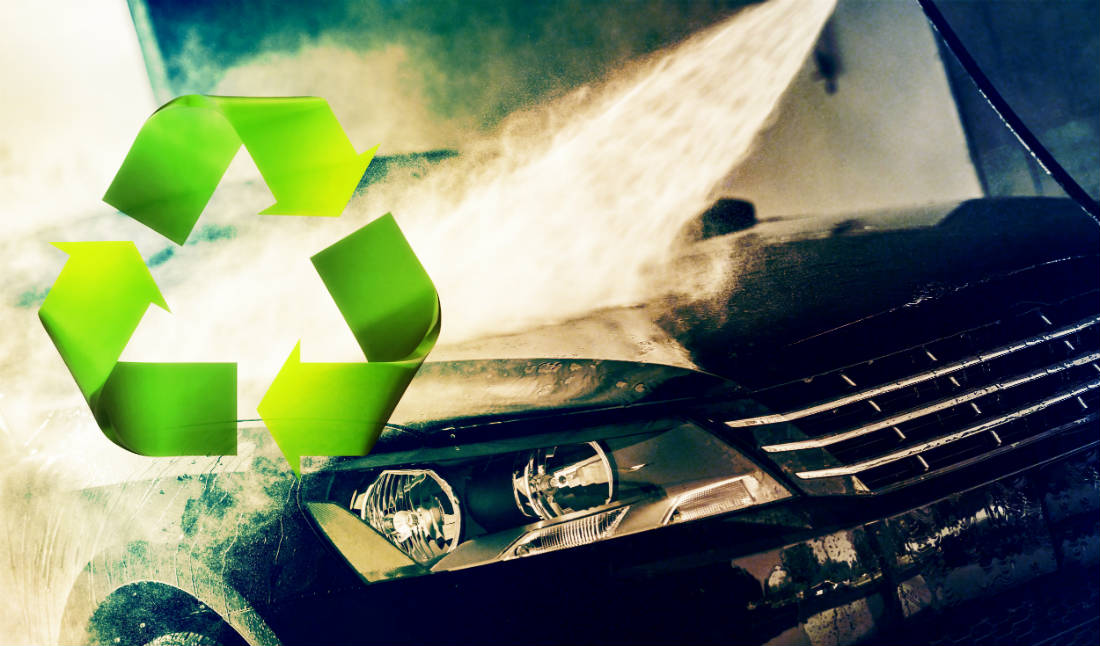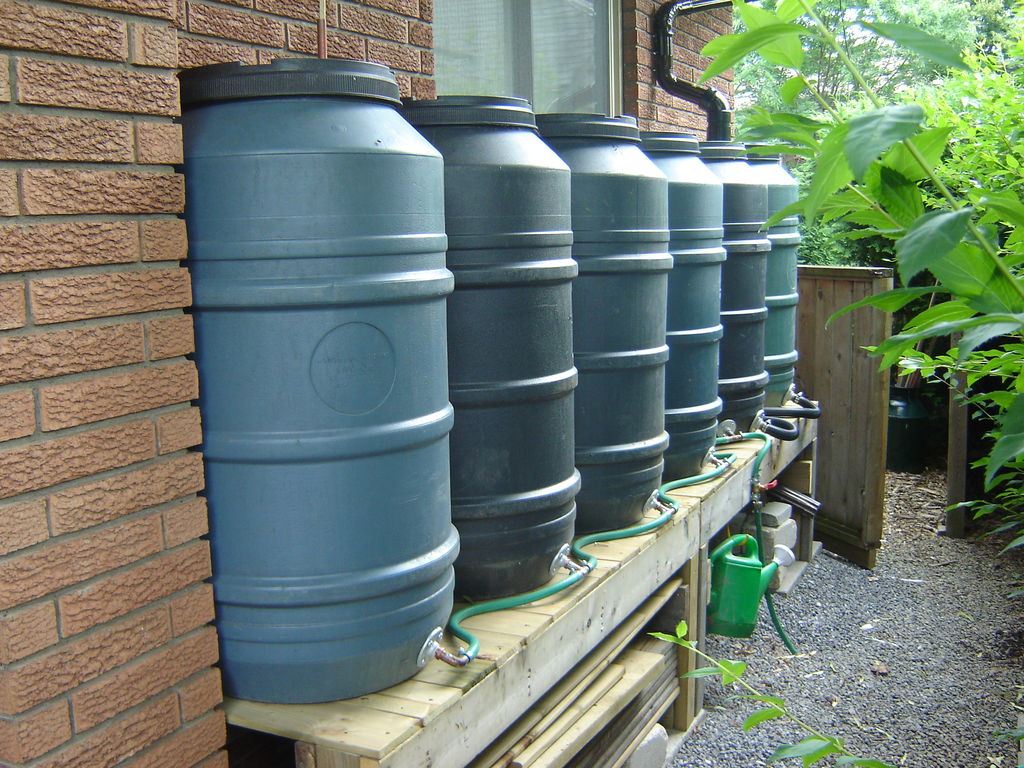Advertisements
The water crisis is a real and growing problem, but you can make a difference in your daily life. Water shortages often seem like a distant problem, but with small changes in your habits, you can save water and contribute to a healthier environment. Below, we will explore some practical and effective tips for saving water in different areas of your home.

Optimizing the Bath
One of the biggest consumers of water in the house is the shower. Reducing the time you spend in the shower is one of the easiest ways to save water. Ideally, a five-minute shower is enough to get you completely clean. Another tip is to turn off the water while you soap yourself up. To make even more use of your shower water, place a bucket or basin under the shower to collect the water that would normally be wasted. This water can then be used for other household tasks.
Saving Money When Brushing Your Teeth
Many of us leave the tap running while brushing our teeth, which can result in significant waste. If you leave the tap running just a little, you can waste up to 12 liters of water in five minutes. Turning off the tap while brushing your teeth and using a cup to rinse can save over 11.5 liters of water. These small changes can make a big difference in saving water in the long run.
Tips for Washing Your Face and Beard
Washing your face and shaving are also times when you can save water. Using the tap in moderation can reduce your water consumption. Washing your face in one minute would use about 2.5 liters of water. Shaving can use 12 liters in five minutes, but by saving water, you can reduce your water consumption to 2 to 3 liters.
Conscious Use of the Toilet
The toilet is a major water consumer, and using it wisely is essential. Don't use the toilet as a trash can and avoid flushing the toilet unnecessarily. With a standard valve, a single flush can use between 10 and 14 liters of water. More efficient models use around 6 liters per flush. Keeping the valve properly regulated and fixing leaks immediately can make a big difference in saving water.
Efficient Kitchen Practices
There are several ways to save water in the kitchen. When washing dishes, start by removing food residue with a sponge and soap before turning on the tap. Soap all the dishes and only then turn on the tap to rinse. Running a tap for 15 minutes can use up to 117 liters of water, but with these practices, consumption can be reduced to 20 liters. In addition, when cleaning fruits and vegetables, use a bleach and vinegar solution to save water in the process.
Service Area Care
To save water when washing clothes, avoid using the washing machine if it is not full and try to use it no more than three times a week. If you wash clothes in the sink, use the same water to scrub and soap, and only change the water for rinsing. Use the water used to wash the yard or utility area. In the sink, water consumption can reach 279 liters in 15 minutes, but by accumulating clothes and keeping the tap closed, you can reduce this consumption.

Taking Care of the Garden
To water your garden, use a watering can instead of a hose. Watering your plants for 10 minutes with a hose can use up to 45 gallons of water. It is best to water in the morning or evening to reduce evaporation, especially during the summer. In the winter, watering every other day is not enough. If possible, use a hose with a nozzle attachment to save water more efficiently.
Cleaning the Sidewalk and the Car
Cleaning your sidewalk and car is also a critical point when it comes to saving water. Use a broom instead of a hose to clean your sidewalk. Washing your sidewalk with a hose can use up to 279 liters of water in 15 minutes. To wash your car, use a bucket instead of a hose. A hose can use anywhere from 216 to 560 liters of water, depending on the hose opening. Using a bucket to wash your car can reduce your consumption to just 40 liters.
Awareness and Collective Action
Implementing these tips is a great start, but real change happens when you share these practices with friends and family. Encourage your community to adopt water-saving habits to maximize your positive impact on the environment. Awareness and collective action are key to tackling the water crisis and fostering a sustainable future.
With small daily actions, we can make a big difference in preserving our natural resources. Remember, every drop counts!
Check out other interesting facts about recycling clicking here.
Learn how to make art by recycling, Click here.




It's worth following these tips, you can save up to 60%!